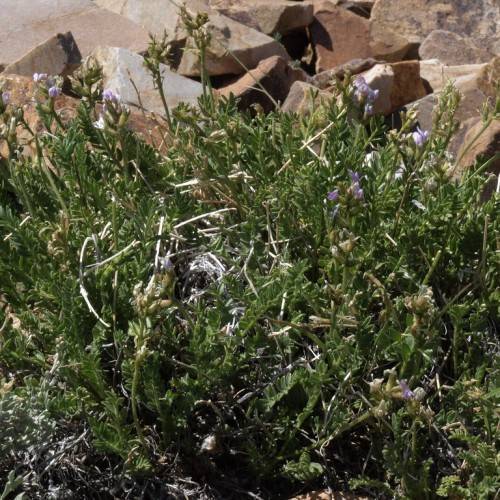
Boreal Wormwood
Artemisia borealis
Watering:
Minimal
Hardiness Zone:
Sun:
full sun,part shade
Fruits:
Fruits Ready In
Edible:
Yes
Leaf:
Yes
Growth Rate:
Low
Poisonous To Pets:
Yes
Drought Tolerant:
Yes
Salt Tolerant:
Yes
Invasive:
Yes
Care Level:
Medium
watering
Purple Chokeberry should be watered regularly during the active growing season, which runs from April through early autumn. During this time, water the plants deeply once every 7 to 10 days, ensuring that the soil is moist but not soggy. Reduce watering to every 14 to 21 days in the late autumn and winter, allowing the soil to dry out between waterings. When temperatures reach 40 degrees Fahrenheit or there is a prolonged period of dry weather in the summer, the plants should be watered more frequently. In all cases, water thoroughly once and then wait to see whether the soil needs more before watering again.
sunlight
Purple Chokeberry plants need about 6 hours of direct sunlight each day for optimal growth and health. It does best in full sunlight and can even tolerate partial shade and light shade. To ensure that your Purple Chokeberry receives enough sun, plant it in a location that is sunny throughout the day, with no more than a few hours of shade. It is best to place this plant in the sunniest spot in your garden, and be sure to move it if it is not receiving enough sun. The plant can also benefit from a period of time in the early morning sun when temperatures are cooler.
pruning
Purple Chokeberry (Aronia X Prunifolia) should be pruned in early spring (March-April) to remove long shoots, old wood, and any diseased or dead branches. Pruning should be minimal to avoid stressing the plant. Shaping and thinning the canopy of established plants can be done by shortening longer branches by 1-third. Regular pruning also helps minimize disease and encourages flowering and fruiting.
